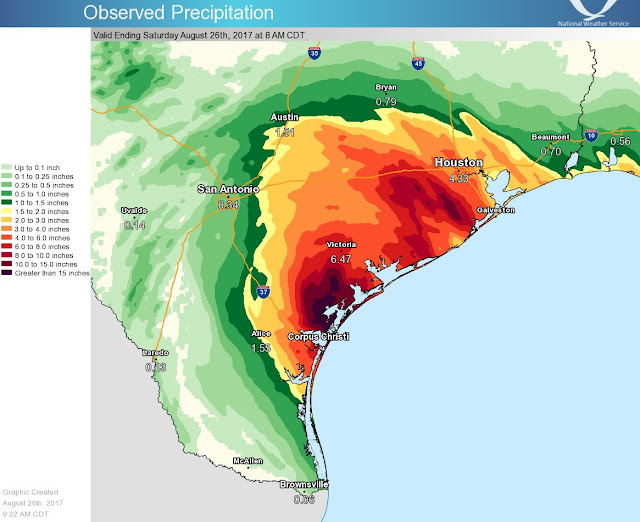Yesterday, the Salt Lake Tribune reported that many Utah business leaders sent a signed letter to Governor Herbert asking him to propose "bold strategies for addressing air pollution in Utah" and urging the Division of Air Quality "to propose a wide array of strong and ambitious proposals as part the Serious SIP it submits for public comment this fall." The "Serious SIP" refers to the Strategic Implementation Plan for reducing air pollution in the Salt Lake Valley, as required by the EPA. The full letter is included with the Tribune article, available here.
The article notes that Bryce Bird, director of the Utah Division of Air Quality, said that "truly innovative air quality solutions that hold promise for Utah are difficult to come by."
While I agree that there is no quick fix, the view that truly innovative air quality solutions are hard to come by is complete BS. We have never had more opportunities to make choices that dramatically reduce local emissions, and the opportunities are growing.
We now have extremely efficient and effective battery powered lawn equipment including trimmers, leaf blowers, and battery powered lawnmowers.
I replaced my 22-year old gas-powered Craftsman lawnmower with a battery powered one this summer and what an improvement. The battery powered lawnmower cuts better, is quieter, and doesn't belch out noxious fumes.
How about a batter powered snowblower? I have one of these too. It kicks ass. No fumes and you don't have to tune it up each fall.
Over half of our emissions are mobile. Yup, there's a solution for that too. I don't have one of these yet (hanging on to my 14 year old minivan), but one's likely in the future.

Plus, there are some old fashioned tools available. These have been around for decades.
Migration from the internal combustion engine is entirely possible today, and it offers the most potential to improve air quality along the Wasatch Front. Granted, 1.5 million people are not going to run out and buy an electric car tomorrow, and economic factors are a challenge for many in our community, but the argument that there are no truly innovative solutions is complete hogwash. They are right in front of us. We should be pursuing every possible avenue to stimulate and encourage migration toward electric vehicles (hybrids and plug-in hybrids also encouraged as a transitional technology).
Of course, electric devices and vehicles do produce emissions if the electricity source is a fossil-fuel power plant. They also can produce emissions during the extraction of materials and manufacturing process. However, those emissions are not local and concentrated in an urban area. Transformation to low-carbon energy production is also essential, but a story for another day.

















































